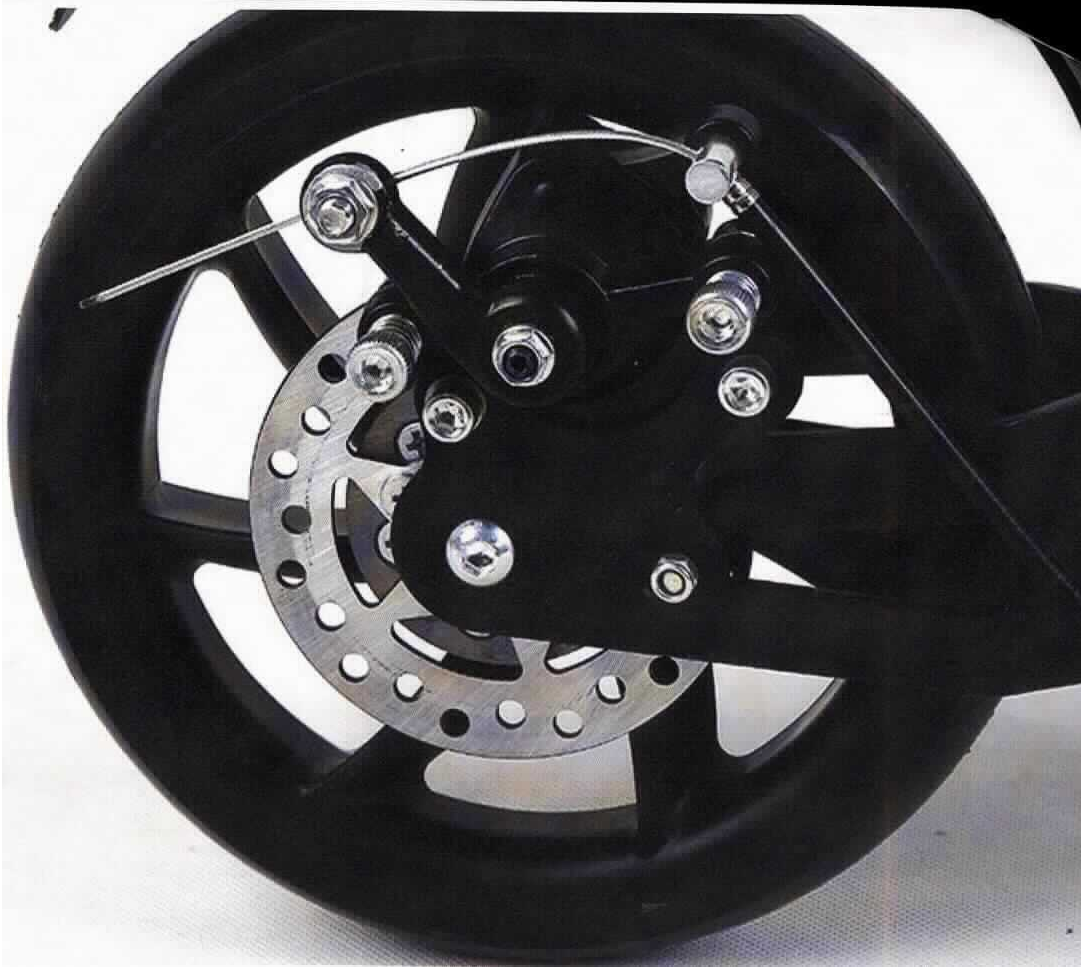Here is a case study of Change in classification(CTC) method.
Company A manufactures Wheels for toy tricycles (HS Heading 9503)

Wheels for toy tricycles of Heading 9503 are manufactured from
the following non-originating materials:
| Item name | HS code |
| Iron plate | 7209 |
| Steel strip | 7212 |
| Bushing | 3926 |
| Solid tyres | 4012 |
| Varnish | 3208 |
The list rule(PSR) for heading 9503 requires the following working or processing to
be carried out on non-originating material:
“Manufacture from materials of any heading, except that of the product”.
The wheels are classified in heading 95.03 and none of the materials used are
classified in heading 95.03.
Therefore, the conditions to acquire originating status are fulfilled and the
products can be regarded as originating.
Another way of saying: “Change of Tariff Heading” (CTH)
A product is considered to be sufficiently worked or processed when it is classified in a
4-digit level of the Harmonized System, i.e. heading, which is different from those in
which all the non-originating materials used in its manufacture are classified.




